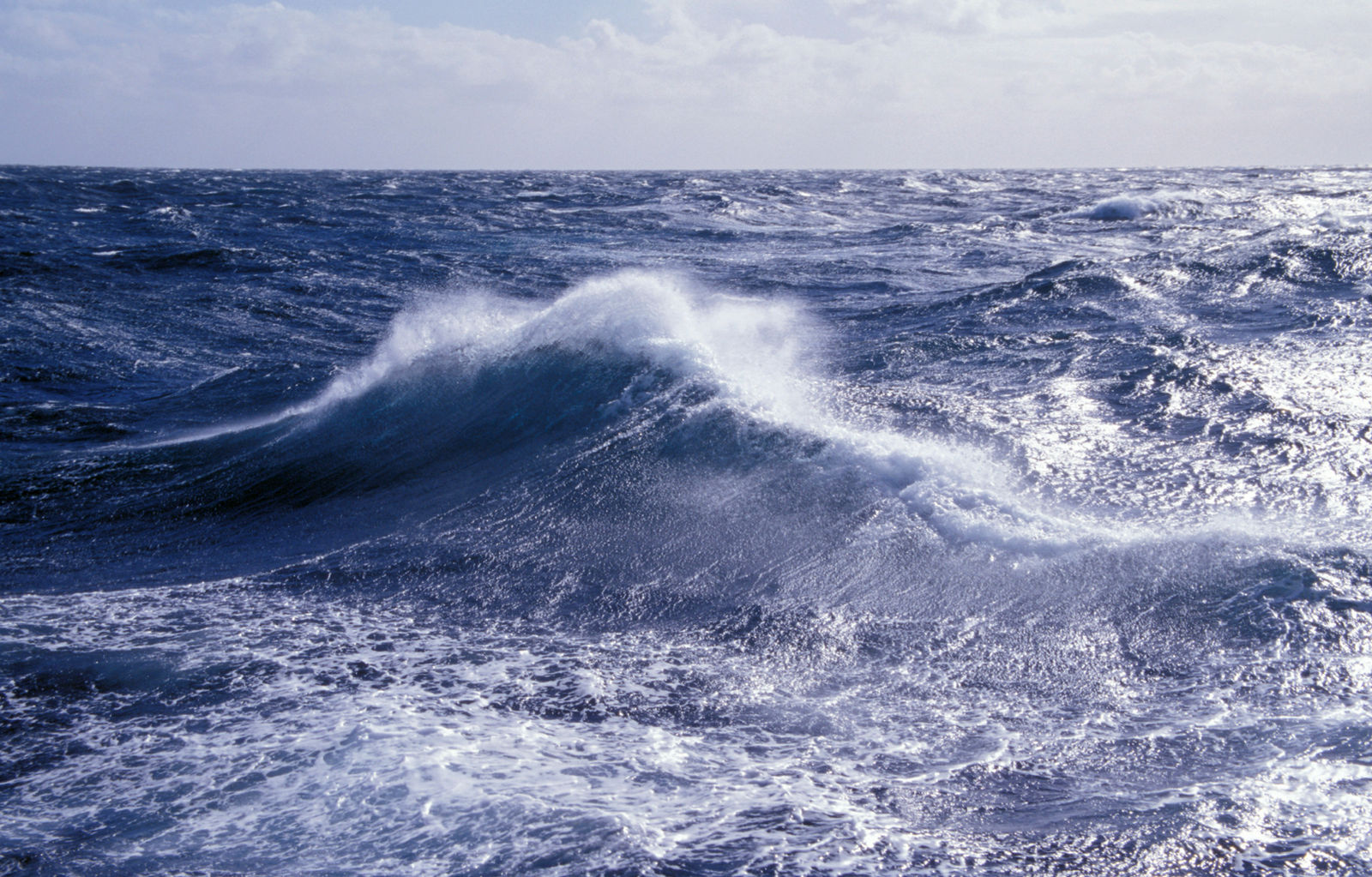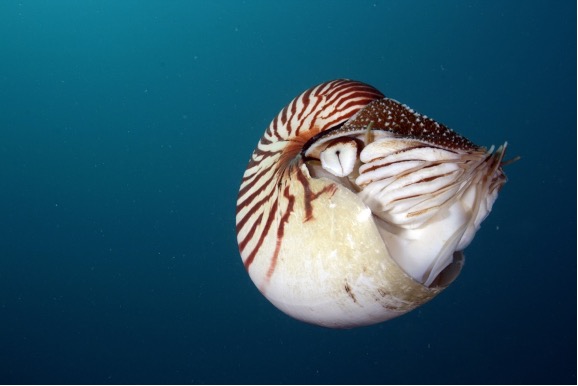
Commonwealth Scientific and Industrial Research Organisation

Commonwealth Scientific and Industrial Research Organisation
Massive waves toss and turn, churning up 30-foot sheets of water that could engulf a ship. But deep below the surface lies layers of the ocean that contain multitudes beyond the limits of our imagination. Across the open ocean, while humpback whales migrate from the Antarctic Peninsula to equatorial South America and loggerhead turtles voyage across the Pacific, other marine life such as sea angels and chambered nautiluses can be found in the depths of the sea. In fact, scientists believe that only 10% of the species in our seas have been found so far, with over two million yet to be discovered.
In the face of such rich biodiversity, activities such as deep-sea mining in the high seas threaten these unique species and ecosystems. As the green transition ramps up to achieve the Paris Agreement goal of keeping climate change below 2 degrees Celsius, demand for critical minerals such as lithium, nickel and cobalt are also rapidly increasing. The ocean floor below 650-foot depth, also known as the deep seabed, contains mineral deposits of increasing commercial interest that are distributed widely throughout the world’s oceans. This puts deep-sea species like the sea angel, chambered nautilus and highly migratory species like humpback whales and deep-sea ecosystems at risk as emerging scientific data hints at the long-term damage from seabed mining.

Area-based management tools, as set up by international law frameworks, offer a strong solution to disruptive activities in the high seas. These tools include the use of marine protected areas (MPAs) to regulate such activities in designated areas of the ocean. For example, MPAs can regulate fishing and development for oil extraction and set up a regime to monitor and enforce these regulations through a management plan.
Currently, most of the world’s MPAs are within the national jurisdiction of countries, but the High Seas Treaty, also known as Biodiversity Beyond National Jurisdiction (BBNJ) Treaty, opens the opportunity for MPAs to be established internationally in the high seas. The BBNJ was formally adopted by the U.N. in June 2023 and signed by the United States two months later.
This sets in motion a whole new challenge of co-governance in the high seas global commons. Who will propose MPAs, take the lead on monitoring and enforcement and be responsible for sustained funding? These are just some from the slew of questions experts are starting to ask.
This past summer, I set out to research how MPAs could be successful in the high seas. By talking with experts from three different case study areas, I evaluated what is needed for MPAs to be effectively implemented. As there are no current MPAs established under the BBNJ Treaty, my case studies were comprised of large-scale MPAs around the world: the Papahānaumokuākea Marine National Monument of Hawaii, Great Barrier Reef Marine Park in Australia and the Ross Sea Regional Marine Protected Area off the Antarctic coast. I spoke with current and previous directors, superintendents and other staff of these MPAs to glean the lessons learned about the implementation of protected areas in our oceans. These lessons include relationship building, adapting to scale and identifying key leadership.
Papahānaumokuākea, meaning “a sacred area from which all life springs” in Hawaiian, is a treasured marine national monument. Encompassing the Northwestern Hawaiian Islands, the 1.5 million square kilometers of protected ocean is made up of the islands and water stretching from Nihoa to beyond Midway Atoll.
Lauren Wenzel, the director of the NOAA National Marine Protected Areas Center, illuminated that not only is it a UNESCO World Heritage site for its natural value, but also for its cultural value to the Hawaiian people. “Culture is not just one piece of the pie, but looking holistically on how to bring it into everything,” Wenzel affirmed about their commitment to co-management. The cultural management plan for the monument is extensive and includes bringing culture into every part of decision making.
Papahānaumokuākea Marine National Monument (PMNM) is an interesting model for the high seas because it is a large and remote area, many different agencies have interest in it and its management has a formal structure for bringing agencies together to work on decisions. After talking with experts like Wenzel about the monument, the key lesson from its implementation emerged: Relationship building between all stakeholders is of utmost importance to build cohesion and cooperation among all the different agencies and groups involved.
The Great Barrier Reef Marine Park (GBRMP) protects much of the largest living structure on Earth — the Great Barrier Reef. It expands a massive length of 2,300 kilometers long, about the same length of the U.S. West Coast from the Canadian to the Mexican border.
Jon Day, Ph.D., a former GBRMP Director, highlighted the threats that the marine park is currently facing, emphasizing climate change, water quality and unsustainable fishing in the area. The GBRMP is a fascinating model for the high seas because, through Day’s guidance, it has adopted an intensive zoning plan to help curate management plans to specific areas, such as areas of high tourism or high vulnerability.
For implementation to be successful, Day called attention to the lessons of starting small, proving it can work, and then leveling up slowly but surely. He advocated for the case of high seas MPAs, that “you don’t jump straight to what you think is ideal management. You start off slowly, you show how it can work, and then you build on that and improve it.” Any progress on the high seas on an international timeframe will move gradually, so adopting an adaptive management framework of building on successes and changing when things fail will be key.
Last but not least, the Ross Sea Regional Marine Protected Area (RSRMPA) in the Southern Ocean was most recently adopted as an MPA in 2016. As the largest MPA in the world, the RSRMPA covers a surface area of 1.55 million square kilometers, more than three times the size of California.
This protected area is an imperative case study for the high seas because it is the only large-scale MPA governed internationally. Cassandra Brooks, Ph.D, an expert on the Ross Sea who helped push for MPA status, expanded upon the importance of needing strong diplomatic relationships between countries for an international MPA.
Brooks observed that the key lesson from implementation of the RSRMPA is that “specific countries have to take leadership for dumping resources into [the MPA].” Both countries and organizations alike will need to step up into these leadership roles and clearly state who will put forward the resources, such as enforcement vessels and long-term sustainable funding into high seas protected areas.
The BBNJ Treaty lays out a framework for establishing MPAs in the high seas. But this is new territory, entering into new waters. Looking toward already established case studies of large-scale MPAs provides key lessons for the future implementation of high seas MPAs. In June 2023, governments around the world formally adopted the BBNJ Treaty by consensus.
But this is just the first step. The next and most crucial step is ratification of the treaty. The agreement is currently out for signature, with the High Seas Alliance’s treaty ratification tracker showing the current number at 82 signatures from UN Member Countries. Signing only signifies willingness to proceed with ratification. In order for the treaty to enter force, at least 60 countries need to both sign and ratify the agreement for it to become law.
Once it enters force, countries can jointly begin proposing and designating protected areas in the high seas. There are already areas in the high seas identified for protection, including the Salas y Gómez and Nazca Ridges far off the Chilean and Peruvian coasts. This region of connected submarine mountain ranges is made up of about 40% of all seamounts in the southeastern Pacific Ocean, which is home to both migratory endangered species like leatherback sea turtles and some of the world’s highest levels of endemic marine biodiversity. Providing sanctuary through MPAs for these homes to vulnerable animals and biodiverse ecosystems is imperative. This is how we protect the migratory whales and turtles, the deep-sea sea angels and nautiluses and all of the two million other species in our ocean yet to be discovered.